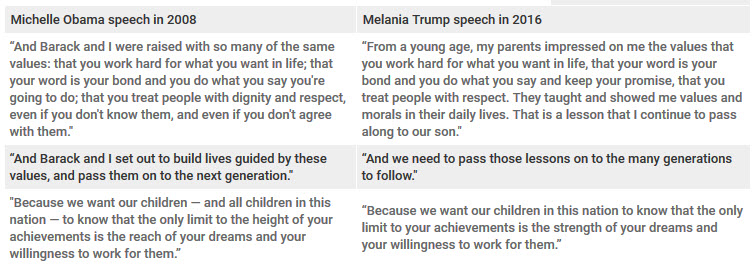Guidelines
|
|
Student
|
Read the academic dishonesty policy carefully.
Upload a "signed" copy of the Plagiarism Contract to Canvas week 2. |
University
|
For information on enrollment requirements, check academic standing, probation, and disqualification.
|
Classroom Technology Use Policy
|
Smartphones, laptops, tablets, and other digital devices are allowed during class for notetaking and class activities that require the Internet. Students who use their devices for other than class purposes or distract class by texting or their device ringing or vibrating will be penalized with a lower course grade.
Make sure to silence all technology before class begins. |
